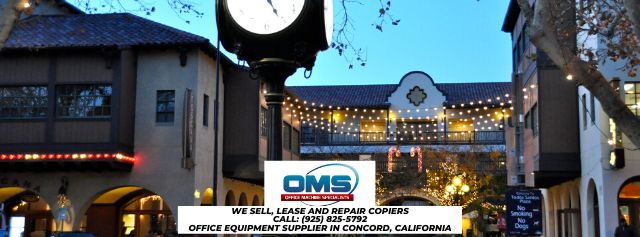Office Machine Services and Sales Solutions
Mount Wanda and the adjacent homestead belonged to John Muir, and the naturalist and his family lived here from 1890 until Muir died in 1914. The two properties, on the southern edge of Martinez, are now managed by the National Park Service. One hundred years ago, this was a remote region with good access to Muir ‘s trips to Yosemite. It’s an oasis in the morass of urban sprawl. His home is on the north side of CA 4, and Mount Wanda (named after one of his daughters) is on the south side.
The rock that makes up Mt. Wanda and the area around it is mostly marine sedimentary rock formed during the Cretaceous period 145-66 million years ago. This sedimentary rock was formed when weather and erosion broke down rocks on the ground into particles (sediments) that eventually settled on the ocean floor and were compacted into rock under that immense weight and pressure. Over time, the movement of tectonic plates pushed this rock out of the water to create the rolling hills of Martinez, including Mt. Wanda.
The different types of rocks in the area determine which type of soil is formed there. On the other hand, the type and composition of the soil in the area affects the vegetation that grows there, which then affects the types of animals that live there. The soil of Mt. Wanda is mostly loam and clay loam. Loam is rich in nutrients with a relatively loose texture and moderate water retention. Clay soil is less rich in nutrients, but has a high potential to retain water. The combination of these two soils supports the diverse natural communities seen in Mt. Wanda, which tolerate a wide range of water availability.
The ecosystem is a biological community of interactive organisms and their physical environment. There are different natural communities within ecosystems, with unique combinations of plants and wildlife. There is an opportunity on Mt. Wanda to see a variety of natural communities on a one-day hike. The main trail in the northern section begins with the bay laurel forest, then the transition to the oak forest, followed by more open savannahs and grasslands. Shrublands can also be found in more remote locations on site.
Take the trail of Mount Wanda and enjoy the views of the Carquinez Strait and the surrounding hills. Coast live oak, blue oak and valley oak line the trail as it ascends to the summit. Once at the top of the hill, Mount Diablo and the surrounding hills become visible. The more gradual John Muir Nature Trail offers views of Mount Diablo, Carquinez Strait and Briones Park. On a clear day, you might also see cows grazing in the sunshine across the valley.
To get there, head east to Highway 4. Exit on Alhambra Avenue and turn right. Take a sharp right onto Franklin Canyon Road. Park at the intersection of Alhambra Avenue and Franklin Canyon Road.
By Geraoma – Own work, Public Domain, https://commons.wikimedia.org/w/index.php?curid=8782801
This amazing landmark in Martinez, California is located near some other must-see places of interest:
- John Muir National Historic Site
- Carquinez Strait
- Radke Martinez Regional Shoreline Park
- Benicia-Martinez Bridge
- Briones Regional Park
- Hidden Lakes Park
- Rankin Park
- Waterfront Park
All of these wonderful landmarks are located just a short distance from our location at 1091 Shary Circle in Concord, California! Stop by for a visit anytime!
